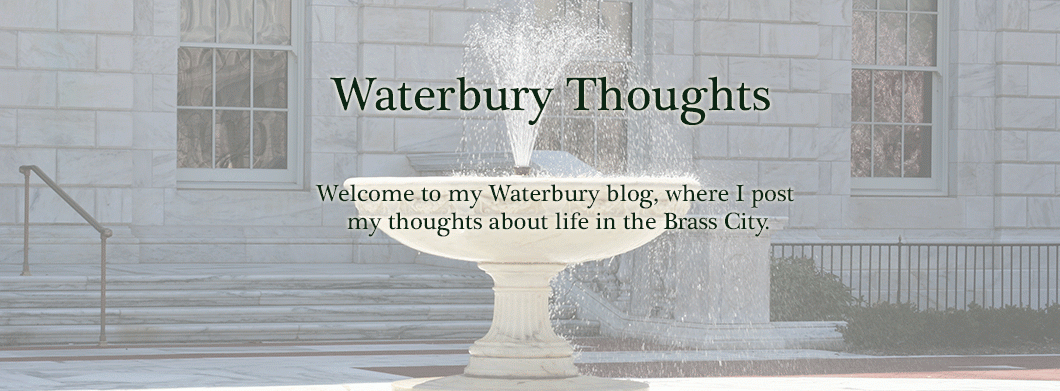Although most of the houses were built for families, some were built for the unmarried daughters of industrialists. One such house, on Hillside Avenue, was built for Mary L. Mitchell, a widow whose brother, Charles Benedict, built a mansion for himself right next door.
The architect for both houses was Palliser, Palliser & Co., a Bridgeport-based firm that specialized in "cottages." During the late 1800s, the term cottage was used to describe the Queen Anne or stick style, no matter how large or grand the house might be.
 |
| House and floorplans from advertising brochure for Palliser's New Cottage Homes, c. 1888. This house was built in Peekskill, NY. |

